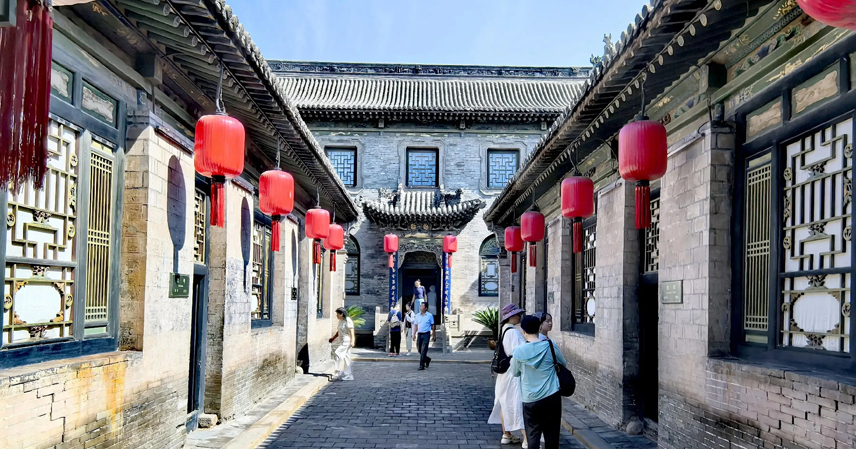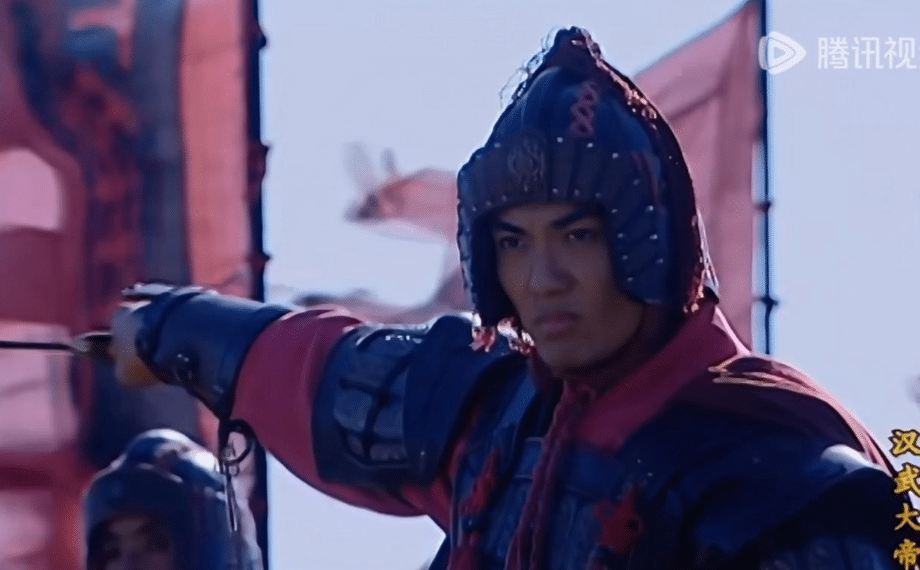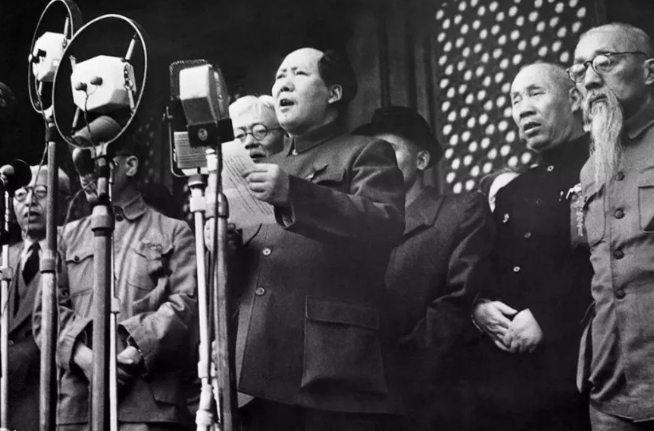The Qiao Family Compound in Shanxi Province stands as a majestic testament to Jin merchant legacy— a sprawling fortress-like estate that once symbolized immense wealth in China’s commercial history. Yet in 1938, as Japanese forces ravaged the region, this prime target emerged unscathed amid the devastation. What secret spared it from plunder?
Hanging above the gate: an Italian flag and a protective document, serving as an unlikely wartime talisman.
Humble Origins: From Pawnshop Clerk to Trading Empire
The Qiao clan’s ascent began with ancestor Qiao Guifa, who left poverty for a modest clerk role in an Inner Mongolian pawnshop. Through relentless work and sharp market instincts—like capitalizing on soybean price surges—he founded the “Fushenggong” firm, laying the groundwork for prosperity.
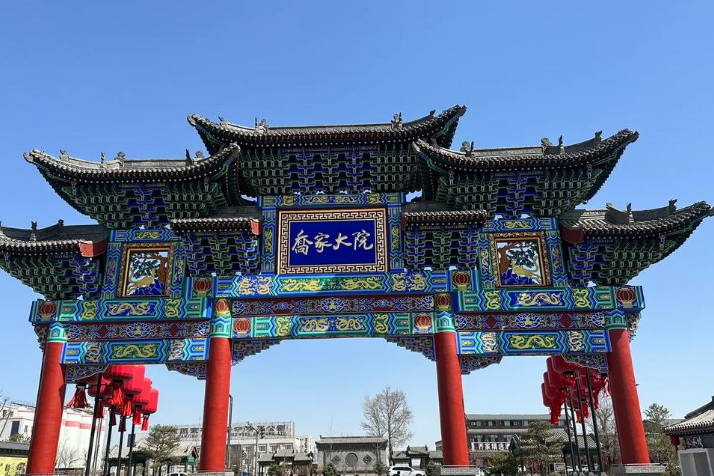
Qiao Guifa’s foresight extended to family governance. He established strict house rules: no opium, gambling, or mistreatment of servants; no concubines or excessive drinking. These principles fostered discipline, ensuring generational success in the volatile world of Chinese merchants.
Peak Prosperity: Qiao Zhiyong’s Strategic Mastery
Under grandson Qiao Zhiyong—a scholar who abandoned imperial exams after his brother’s death—the family business exploded. Mastering commerce and diplomacy, he forged ties with figures like Zuo Zongtang, launching the “Da De Heng” bank. This elevated the Qiaos to Jin merchant pinnacles.
A pivotal moment came during the 1900 Boxer Rebellion: Qiao’s banks escorted Empress Dowager Cixi and Emperor Guangxu through Shanxi, earning imperial favor. Soon after, the Qiao Family Compound rose—three courtyards, 99 rooms, a formidable “man-enters-the-yard, chickens-fly-to-the-sky” bastion blending security and opulence.
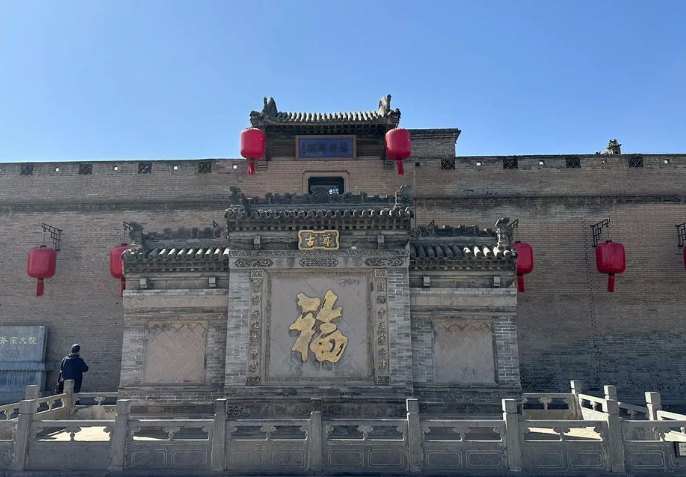
War’s Approach: A Fortress Under Siege
No wall could fully defy invasion. In 1938, Japanese troops looted Shanxi’s elite homes with impunity. The Qiao Family Compound, a symbol of wealth, seemed doomed.
Yet as soldiers approached, the fluttering Italian flag halted them. Even in Axis fervor, Japan respected its fascist ally, Italy—unwittingly honoring a decades-old bond of humanity.
The Hidden Debt: A Rescue Repaid Across Decades
The flag’s story traced to 1900, amid anti-missionary riots. As Italian nuns fled mob violence, Qiao Zhiyong risked execution by hiding them in a firewood cart and smuggling them to safety—defying potential clan-wide reprisal.
The Italian church never forgot. In 1938, successor Father Meng Zixi invoked Italy’s auspices, issuing the protective decree. This “certificate of goodwill” preserved the compound intact while nearby mansions crumbled to rubble.
Stone lions still flank the entrance, red-lacquered doors endure, and intricate carvings remain pristine—a living archive of Jin merchant culture.
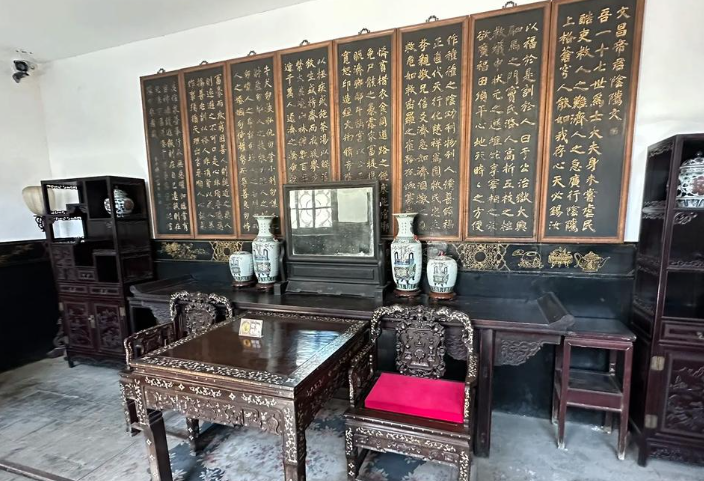
Enduring Lesson: Kindness as Timeless Safeguard
The Qiao saga illustrates that “good deeds return” isn’t mere folklore. A spontaneous act rippled forward 38 years, becoming clan salvation. Today, the Qiao Family Compound draws visitors, its “Guangshenggong” plaque evoking mercantile glory.
Beyond architecture, it’s the goodwill’s transcendence that captivates—from rags to riches, trade to turmoil. As Qiao lore advises: “Do good without expecting reward.” Wealth fades, but human warmth endures, proving even war bows to uncalculated compassion.
References
- Historical accounts from Shanxi Provincial Museum archives on Jin merchants (circa 1900-1940).
- Edgar Snow’s observations on Republican-era commerce in “Red Star Over China” (1937, extended editions).

